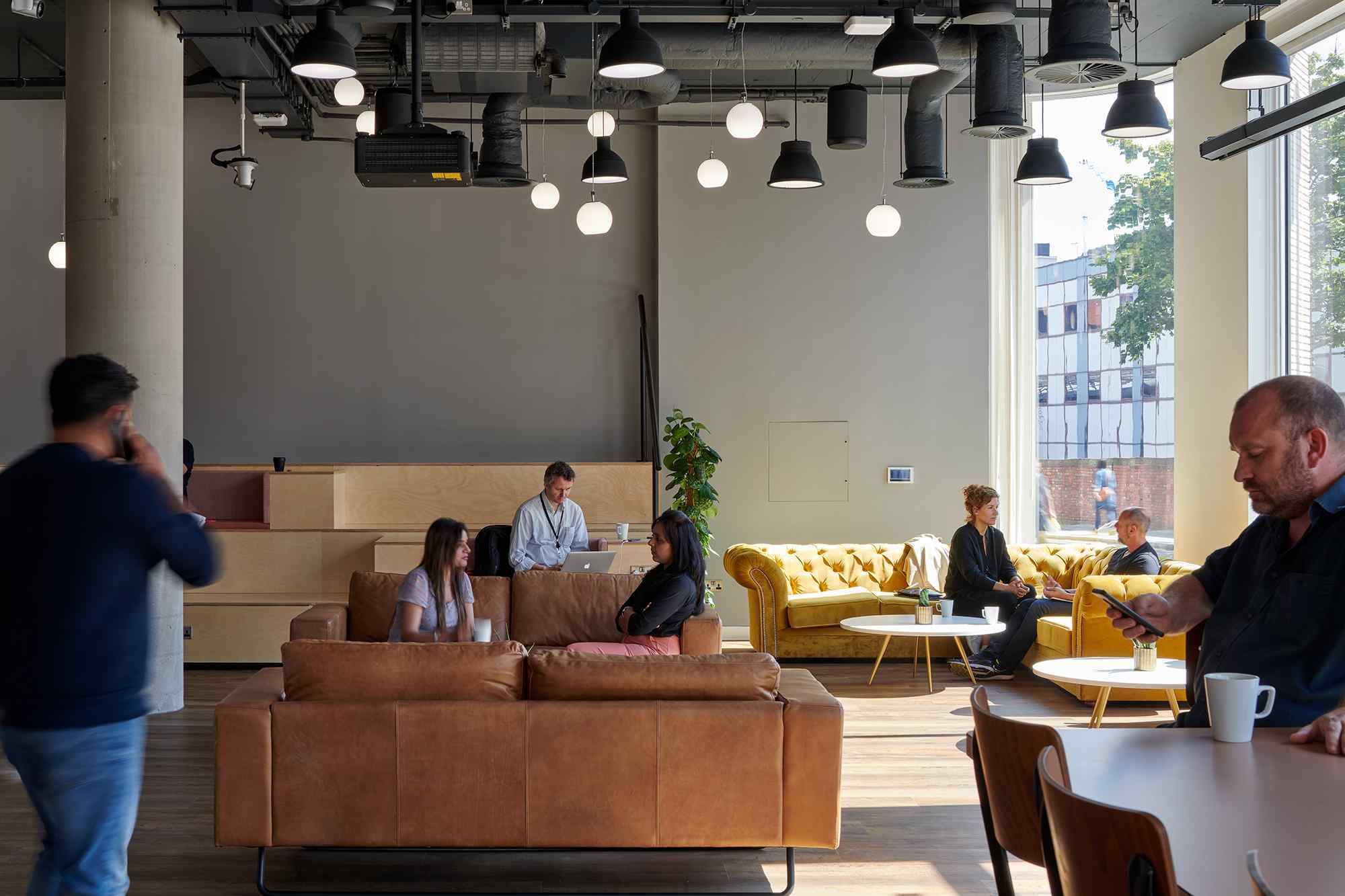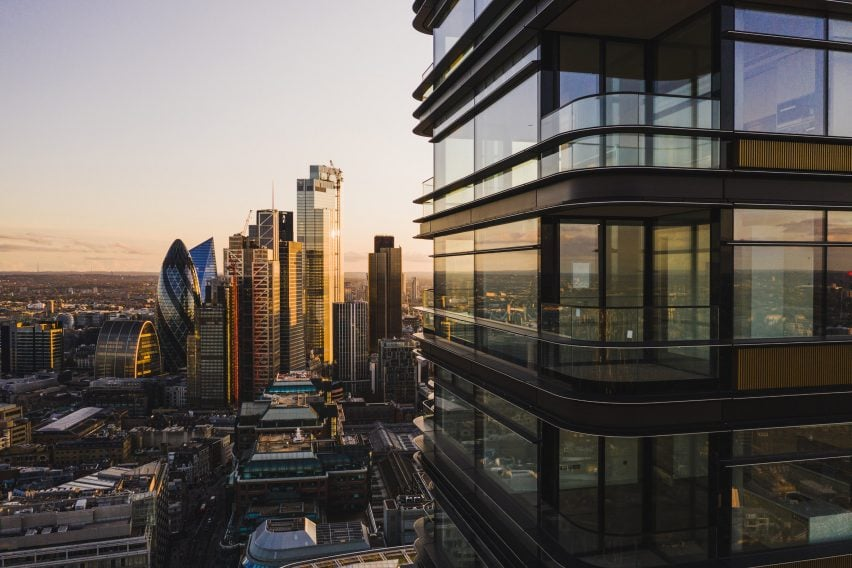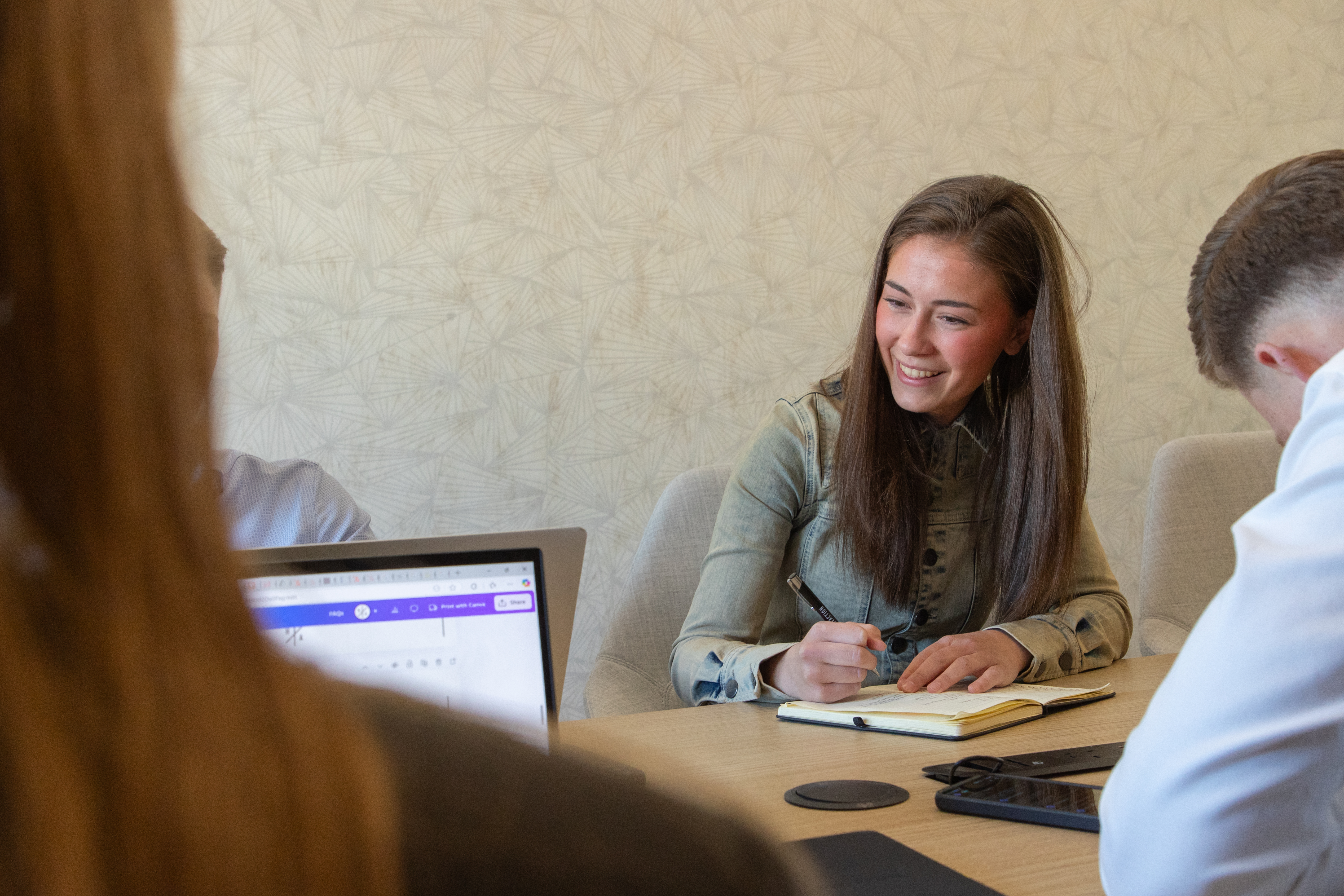15 Things That Make for a Great Office Environment
The modern workplace has evolved far beyond four walls, a desk, and fluorescent lighting. Today, the best office environments are carefully designed ecosystems where architecture, interior design, technology, and company culture intersect. For those in the design and build industry, creating designed ecosystems where architecture, interior design, technology, and company culture intersect. For those in the design and build industry, creating a truly great office means thinking beyond aesthetics, it's about crafting spaces that enable productivity, foster collaboration, and support human wellbeing.
Here are 15 foundational elements that define an outstanding office environment;
1. Natural Light
Access to daylight is one of the most sought-after features in modern offices. Floor-to-ceiling glazing, skylights, and strategic orientation can transform the way a workspace feels. Natural light not only reduces reliance on artificial lighting but also improves circadian rhythms, which in turn enhances focus and energy levels. For designers, the challenge is balancing daylight penetration with glare control, something achieved through shading systems, smart glass, and thoughtful desk placement.

2. Ergonomic, Adaptive Workstations
A workstation is no longer just a chair and desk, it's a tool for health and performance. Adjustable height desks, ergonomic task chairs, and monitor arms create flexibility, ensuring each employee can personalise their setup. For project teams, specifying furniture that adapts to multiple users is a long-term investment. A well-designed workstation doesn't just support posture; it supports productivity by reducing fatigue and preventing workplace injuries.

3. A Clean, Organised Environment
From a design and build perspective, storage and organisations are often undervalued but critical. Clutter free spaces feel larger, calmer, and more professional. Built in cabinetry, under desk storage solutions, and integrated cable management systems are not just conveniences, they're design details that maintain visual order. The way we plan for storage directly impacts how "liveable" the office feels day to day.

4. Dedicated Quiet Zones
Open plan offices remain popular, but they must be balanced with areas designed for deep work. Acoustic pods, soundproof rooms, or even library-style zones allow employees to step away from the buzz of collaboration and concentrate. This isn't just about noise reduction, it's about acknowledging the diverse work modes employees cycle through during the day. Good design anticipates this rhythm and provides environments to match.

5. Spaces That Encourage Collaboration
Collaboration thrives when the environment encourages it. Writable walls, flexible seating, and modular furniture layouts create dynamic spaces for idea sharing. For builders and designers, the key is adaptability designing spaces that can easily transform from formal meeting areas to casual huddle zones. These flexible layouts extend the lifecycle of a workplace by keeping it future ready.

6. Breakout and Informal Social Spaces
Not all great ideas happen at a desk. Lounge seating, café style areas, and casual breakout zones give people the opportunity to relax, recharge, and interact informally. From a design standpoint, these areas often blur the lines between hospitality and workplace, borrowing finishes, textures, and furniture from residential and commercial spaces alike to created comfort and community.

7. Nutrition and Hydration at Hand
A thoughtful workplace provides more than coffee and vending machines. Today's office kitchens and pantries are becoming social hubs, with fresh fruit, hydration stations, and healthy snacks readily available. Designers often treat these areas as focal points - communal kitchens that encourage movement, chance encounters, and social connection, rather than tucked away afterthoughts.

8. Greenery and Biophilic Design
Plants are not decorative extras; they're critical components of biophilic design. Living walls, potted greenery, and even indoor trees not only purify the air but also connect employees to nature, reducing stress and encouraging creativity. In the design and build world, the integration of plants has become a symbol of a company's commitment to wellness and sustainability.

9. Technology That Works Seamlessly
Inadequate tech infrastructure can undermine even the most stunning office design. High-speed connectivity, wireless charging stations, smart meeting room booking systems, and AV setups designed for hybrid collaboration are now baseline expectations. From construction to commissioning, ensuring IT and AV integration is seamless, is a defining marker of a successful modern workplace project.

10. Thermal Comfort and Climate Control
Few things frustrate employees more than an uncomfortable temperature. A well designed HVAC system that considers zoning, occupancy levels, and air circulation contributes directly to productivity. Builders and engineers play a pivotal role here, integrating sustainable solutions like energy efficient systems and smart thermostats that balance comfort with environmental responsibility.

11. Transparent Communication Tools
In a physical sense, communication manifests through design, digital signage, communal notice boards, and well placed information hubs. These elements create transparency, keeping employees connected to company goals and each other. Beyond aesthetics, communication design impacts culture: it signals openness and accessibility.

12. Personalisation of Space
A sterile office rarely inspires. When employees are encouraged to personalise their workstations with photos, artwork, or desk accessories, it creates a sense of ownership. For designers, this means allowing for flexibility in finishes, modular furniture, and adaptable layouts that don't feel overly prescriptive. Personal touches transform a workspace into "our space".

13. Wellness as a Design Principle
Workplace wellness has expanded far from beyond the gym. It includes air quality, acoustic comfort, access to outdoor space, and policies that support work life balance. Design and build professionals now look at WELL, LEED, and FitWell certifications as frameworks for integrating wellness into the very DNA of a building. Employees notice these efforts, it tells them that their health is part of the design intent.

14. A Culture That Supports Space
Design cannot create culture on its own, but it can support it. A respectful, inclusive, and recognition driven culture is reinforced by physical spaces that embody those values, whether through accessible design, inclusive amenities, or spaces that encourage equality of participation. For the industry, this means aligning spatial design with company culture from the very first briefing session.

15. Injecting Play and Energy
Work can be serious, but the environment doesn't have to feel sterile. Game corners, creative lounges, or simply flexible spaces for events and celebrations inject energy into the workplace. From a design perspective, these areas are about more than entertainment, they're about creating shared experiences that strengthen community and improve retention.

For the design and build industry, creating a great office environment is about far more than style. It’s about understanding human needs, anticipating work patterns, and integrating design with functionality. The best offices today are not just places to work, they’re ecosystems that attract talent, inspire innovation, and promote wellbeing.


.png)
